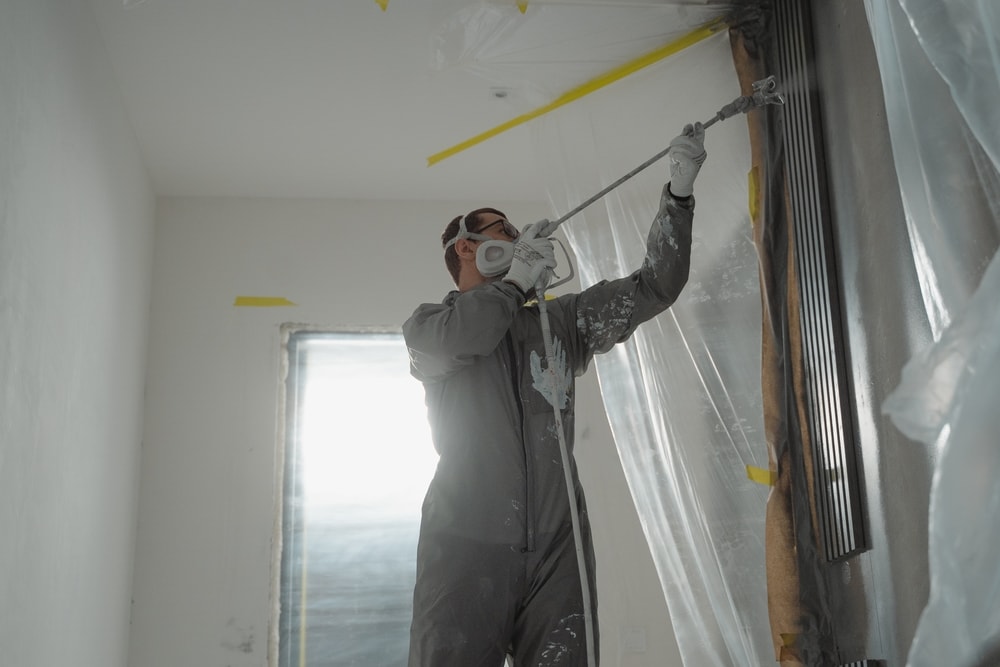Remodeling your bathroom can be an exciting yet daunting task. The end result can be so nice, but the getting there so difficult, especially when trying to work everything out financially. Here are ten tips to remember when remodeling your bathroom on a budget.
1. Determine what your goals really are.
When looking to remodel your bathroom, it’s easy to think of everything that you could ever want changed. But, all of that isn’t really necessary. Realistically look at your circumstances and decide what’s most important.
Given your budget, what really needs done? Are there pipes leaking? Is something broken? Is this an issue of needing more space? Or a more modern look? Getting new curtains obviously doesn’t fix the running toilet. And just wanting an overall updated look probably doesn’t require getting a new tub. Spending money on projects that don’t add value to that which you prioritize is a waste.

2. Identify what you can do yourself.
When remodeling a bathroom, there are likely projects you can take on yourself. Think through what needs done and split everything up into two categories: what you can reasonably do yourself and what you can’t do for yourself. Consider attending free home improvement workshops to better enable yourself for the tasks at hand.
There’s no point in paying a contractor extra to do something you could have handled on your own. Similarly, there’s no point in wasting supplies, time and effort in trying to pull off something you know you won’t be satisfied with. Contract for what you should contract, but do it yourself for projects you can handle.
3. Request multiple bids.
For the tasks you decidedly cannot do on your own, invite a few contractors to your house to offer quotes on what the total project will cost. Compare the offers. Ask what, in particular, makes one remodeling contractor able to offer this set of services for lower than another’s bid.
Consider what levels of quality you’re willing to negotiate on and what ones you aren’t. Contrast your preferences with what the various contractors are offering. Research the contractors to see what people are saying about them, and ask to see samples of previous work. Providently choose the best option for your circumstances.
4. Think ahead.
When looking to remodel on a budget, sometimes we get so caught up in saving money that we don’t think of the long-term ramifications of the choices we’re making. In an effort to save, we might choose to only remodel the downstairs bathroom and leave the kids’ alone for now. And that might be a great option.
But, if in three months we’re going to decide the kids’ bathroom really should get some remodeling done too, we’re going to miss out on the symbiotic benefits of renovating multiple bathrooms at the same time. Look at your situation and identify what work would be best done together. Proceed with the tasks that are both financially efficient and in line with your goals.
5. Consider your options.
Look for cheaper alternatives to fix the problems that need addressed. The floor may need replaced, but linoleum will likely cost less than tile. You may still opt for the tile, but you should do so realizing it’s the more expensive option.
If a bathtub’s only problem is that it’s pink, having the tub painted will likely be a less expensive option than having the tub entirely replaced. Similarly, choosing to replace small accessories instead of the major staples of a bathroom (where feasible) can be a cost-effective way to revamp a bathroom. With your goals in mind, carefully consider what less-expensive options are reasonable in your remodeling projects.
6. Buy secondhand.
Paying retail price for a new model is always going to damage the project’s bottom line. Think about buying secondhand, or even just buying last year’s model. Look at what’s being offered on sites like Craigslist.org, which directs buyers to sellers in a way that also eliminates shipping costs.
7. Think small.
Even after you’ve eliminated unneeded projects and settled on a few essentials, there’s still room for thinking small and conservatively with the few projects that are on your plate. Only change what’s needed.
Buying all new towels may be more fun, but buying one new accent color to go with some old towels still in good repair would be more cost-efficient. The more expensive shower curtain may be the most amazing curtain you’ve ever seen, but one half the price might take care of the job just as well.
8. Go green.
In the long-run, energy-efficient models will save you money. And what better time is there to go green than when remodeling? Often contractors and/or home improvement stores will offer rebates on new models in exchange for older, less-efficient models. Work with your contractor to see if any energy-saving related deals apply to your bathroom remodeling projects.
9. Visit your thrift stores.
You could pay an arm and a leg for bathroom fixtures and fixings alone. For all the necessities that don’t require the utmost level of quality, look around at your local thrift stores and garage sales. There are certain aspects of remodeling a bathroom that do require a lot of money, so don’t waste it on the parts that don’t have to.
10. Be efficient.
For most bathrooms, organization is the key in not feeling small or being crowded. Being efficient with purchasing items that can multitask will not only help your budget but it will also help the end product of your remodeling efforts look nicer. Concentrate your decorating efforts on pieces that are functional as well as stylish. It would be a shame to negate all of your previous budget-minded remodeling efforts by spending too much on products you don’t need that will only clutter your new and improved bathroom.